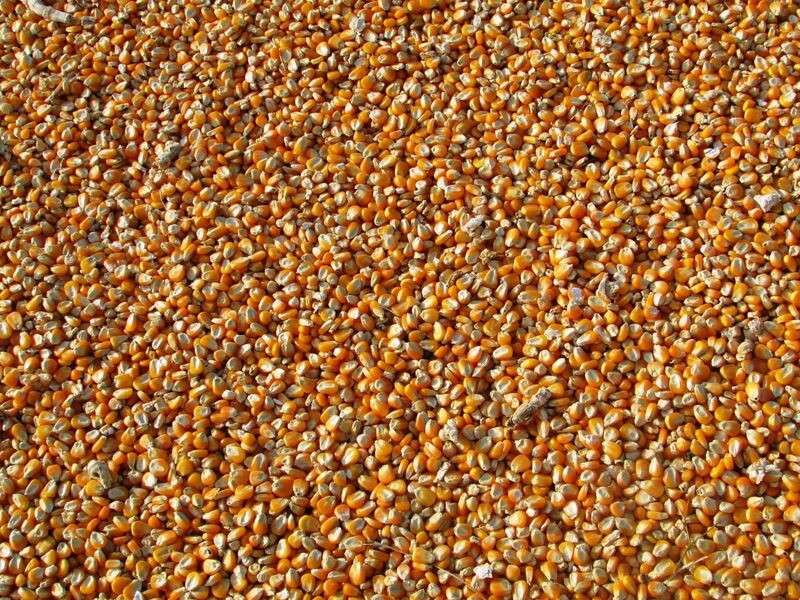
When I was a markets reporter at the Chicago Board of Trade back in the 1980s, veteran grain floor traders would explain that “corn is king,” meaning that as goes the corn futures market, so, too, will likely go the soybean and wheat markets. March corn futures (ZCH25) notched a nearly seven-month high of $4.76 a bushel on Monday. Soybean bulls have also awakened after King Corn’s price gains. In overnight trade Tuesday, March soybean (ZSH25) prices pushed to a three-month high. So far, winter wheat (ZWH25) market bulls have only been able to muster some modest short-covering buying interest in the wake of the solid price gains in corn.

Corn futures prices have been trending higher since late November but shot higher last Friday in the wake of bullish USDA supply and demand reports that showed the agency cutting its U.S. corn crop production estimate by 276 million bushels from the November report. The U.S. average corn yield was lowered by 3.8 bushels, to 179.3 bushels per acre. Also, USDA estimated Dec. 1 U.S. corn stocks at 12.074 billion bushels. That’s 97 million bushels lower than the year-ago figure and 73 million bushels below the average pre-report trade forecast.
Importantly, price gains in corn futures last Friday and on Monday came on increased trading volume and rising open interest. That shows new buyers coming into the corn market and less short covering, suggesting still more price gains may be coming in the days and weeks ahead. The next upside target for the corn bulls is pushing prices above the major psychological level of $5.00.
March soybean futures prices are now trending up and the bulls’ next objective is closing prices above $11.00. Soybean meal futures (ZMH25) prices have been a laggard compared to the recent gains in corn and soybeans. If soybean prices are going to continue to trek north in the near term, soybean meal futures prices will need to start performing better. My bias is that meal futures prices are undervalued at present and will indeed start to perform better soon. The recent gains in corn appear to make the soybean meal market a value buy at present price levels, from a feed perspective.


The recent price gains in the corn and soybean futures markets are especially impressive given the strong U.S. Dollar Index (DXH25) that on Monday hit a new two-year high. The dollar index is an important daily “outside market” element for the grain futures. An appreciating greenback is generally a bearish element for grain markets, as it makes U.S. grain less price-competitive on the world trade markets -- namely more expensive to purchase in non-U.S. currency.
Rallying crude oil (CLH25) prices could be somewhat offsetting the grain-bearish effects of the strong U.S. dollar index. Nymex crude oil this week hit a six-week high above $79.00 a barrel. Crude oil is another important outside market for the grains. Many market watchers consider crude oil to be the leader of the raw commodity sector. When oil prices rise, “the tide lifts all commodity market boats.”
What’s on the Horizon for Grain Prices Now?
Grain traders, and especially the bulls, may become more tentative over the next few weeks, as the incoming administration of President-elect Donald Trump has threatened the increased use of tariffs, particularly against China. New tariffs on goods imported into the U.S. are a potentially bearish factor that could limit upside potential in the grain futures markets, at least for a period after any announcements. Trump will be sworn into office on Jan. 20.
Another major fundamental news event on the horizon for grains is USDA’s annual Ag Outlook Forum. The agency will hold the 101st forum on Feb. 27-28 under the title “Meeting Tomorrow’s Challenges, Today.” There, the USDA will release its new supply and demand forecasts, notably including U.S. acres planted and yield assumptions. Also, export forecasts and biofuel production forecasts will be issued and closely scrutinized by grain traders.







